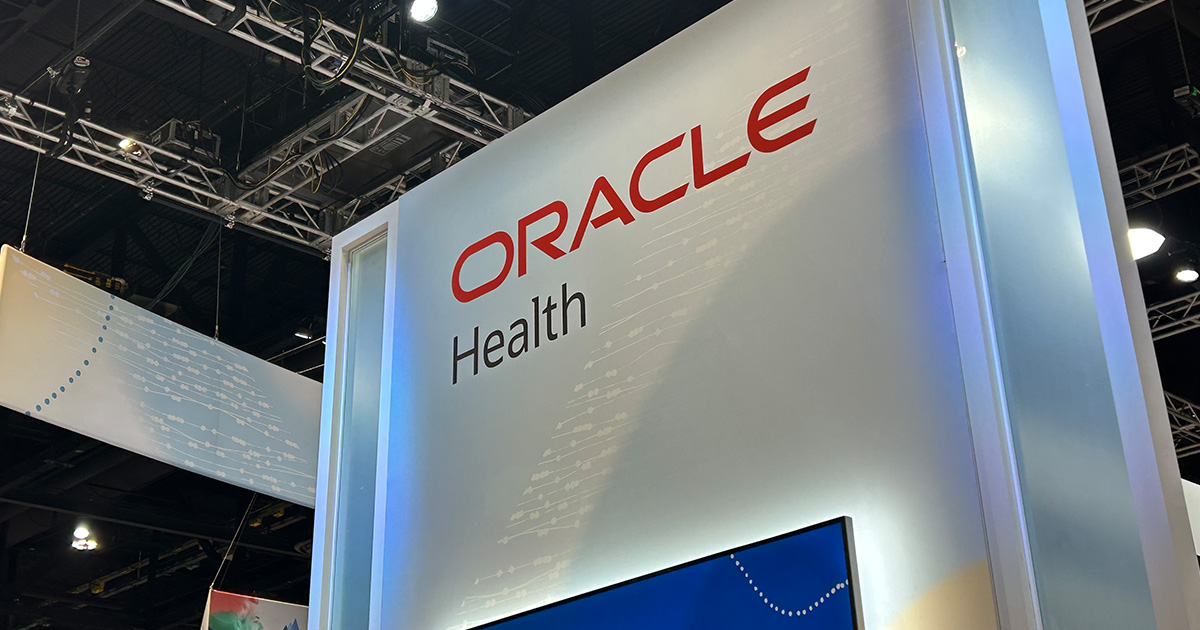[Lancashire, UK] Lancashire Care NHS Foundation Trust is moving away from an in-house developed Electronic Patient Record (EPR) system to ensure its digital processes are fit for purpose and aligned to national priorities.
The organisation provides health and wellbeing services for approximately 1.4 million people across the county, employing nearly 7,000 staff.
The provider’s five-year digital strategy, signed off the board in September 2017, outlines key priorities structured around three main areas of activity that the health informatics team undertakes:
- Business as usual
- Transformation
- Innovation.
Speaking to BJ-HC last week, the trust’s Deputy Director of IM&T, Tom Poulter, explained the first area includes ongoing support for systems that have already been installed, including hardware devices.
“It’s been a really positive experience,” Ayesha Rahim, the trust’s CCIO, told BJ-HC
The second area is mainly focused on the implementation of the Servelec RiO EPR. It also covers other projects, such as Electronic Prescribing and Medicines Administration (EPMA), for which the trust has been recognised as one of the leading providers on a national level by NHS England.
“The idea is that we’ll rationalise and consolidate the systems that we use, but with the concept that RiO is the core EPR system,” Poulter said.
The third area covers innovation and the use of new platforms, along with Artificial Intelligence and Virtual Reality, to drive improvements in provision of health and care services.
“We’re really interested in conducting research and evaluation around the digital solutions as well so that we start to build an evidence base for the initiatives that we prioritise going forward,” the IM&T director added.
However, RiO remains the main focus.
Three-year phased EPR roll-out programme
The trust had been using an in-house developed EPR for the past ten years, which had several benefits for clinicians as it was customised to the specific requirements of the organisation.
For instance, the Mental Health Act functionality was designed by experts that worked in the area, which meant software developers were able to configure the system to do what they needed it to, without the restraints that might have come with a commercial, off-the-shelf product.
But Poulter explained that the system got so ‘heavily customised and bespoke’ and, due to the heavy dependency on the developers that had created it, it evolved to a point where it became disjointed.
“So there were different versions of the software and the patient records were not visible across the different versions,” Poulter said.
After a procurement process that took seven months, the trust chose to deploy the RiO EPR, signed the contract in March 2017 and agreed to go ahead with a three-year staggered roll-out programme.
Part of the early adopters phase, the trust went live with Community Neuro and Community Stroke on 20 February. They will also be going live with Eating Disorders and Learning Disabilities in May.
Poulter explained that once all these three services are available to use, the EPR would offer a broad range of functionality.
Although the IM&T director had previously overseen a big bang EPR go live at Clatterbridge Cancer Centre NHS Foundation Trust, he explained that there was ‘all the same potential for things to go wrong’ in a phased roll-out.
However, the support structures that had been put in place as a chain of escalation on the go-live day were not used as the process was described as having gone ‘very smoothly’.
“It’s been a really positive experience,” Ayesha Rahim, the trust’s CCIO, told BJ-HC, explaining that clinical engagement had been a key component of the EPR implementation.
“It’s not just about getting your board ready, it’s about getting our frontline clinicians ready and everything in between,” she added.
Interoperability a key feature of the EPR
More than 40 sites across the UK and Ireland use RiO, with the majority being NHS community and mental health providers.
Poulter explained that through the RiO national user group, the trust has access to new resources and sharing of best practice examples that could support the EPR deployment process.
Although all of the GP practices across Lancashire use EMIS Web, the trust chose to purchase RiO and its interoperability solutions to allow it to be linked in with the EMIS system.
This includes the Medical Interoperability Gateway, which provides RiO users with a view of the GP record from the relevant practice.
Around 50% of GP practices across the region have signed up to the information sharing agreement so far.
Poulter explains the functionality is due to be switched on as soon as the trust comes out of the change freeze following the recent go-live.
“It feels like there is a lot of enthusiasm at the moment for thinking outside the box,” the CCIO added.
The other element is called SmartView, which provides the equivalent functionality in EMIS Web for GPs to be able to access the summary record held in the trust’s RiO system.
This functionality is expected to go live in May, once GPs have signed up to the information sharing agreement.
Dr Rahim said they hope that a similar process will be up and running to allow sharing of information with acute services in the near future.
“It feels like there is a lot of enthusiasm at the moment for thinking outside the box and how we can sort of streamline the way we deliver services in efficient ways and technology is a great enabler of those things, so not technology for technology’s sake, but actually providing better care through technology,” the CCIO added.
After the early adopters phase is completed, the trust is expected to go live with the secure care facility.
“We are hoping to be able to accelerate the roll-out programme and, having achieved the initial go-live date on time, and having had all of that kind of knowledge transfer, we feel quite positive about where we’re at at the moment.
“Although there’s huge amounts of work to be done, we feel like we’re building momentum, and as we roll out into other clinical areas, there’ll be less additional requirements from work that needs adding to the system so we’ll sort of build it incrementally and optimise our approach and our processes,” the IM&T director concluded.


